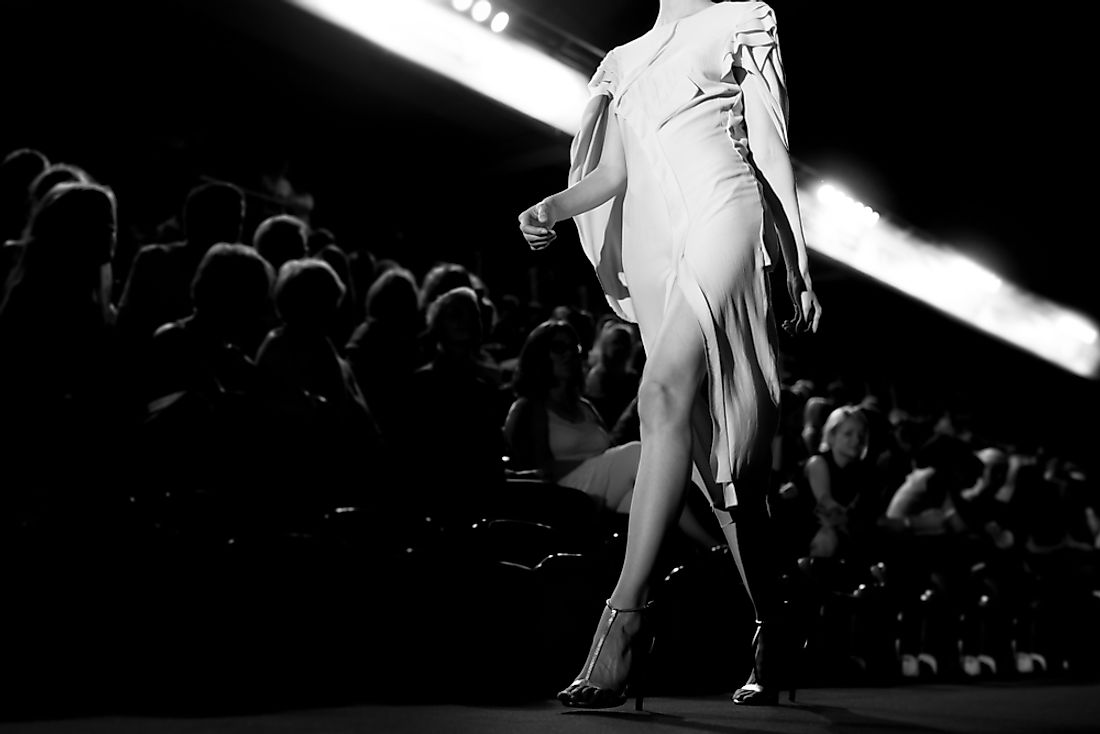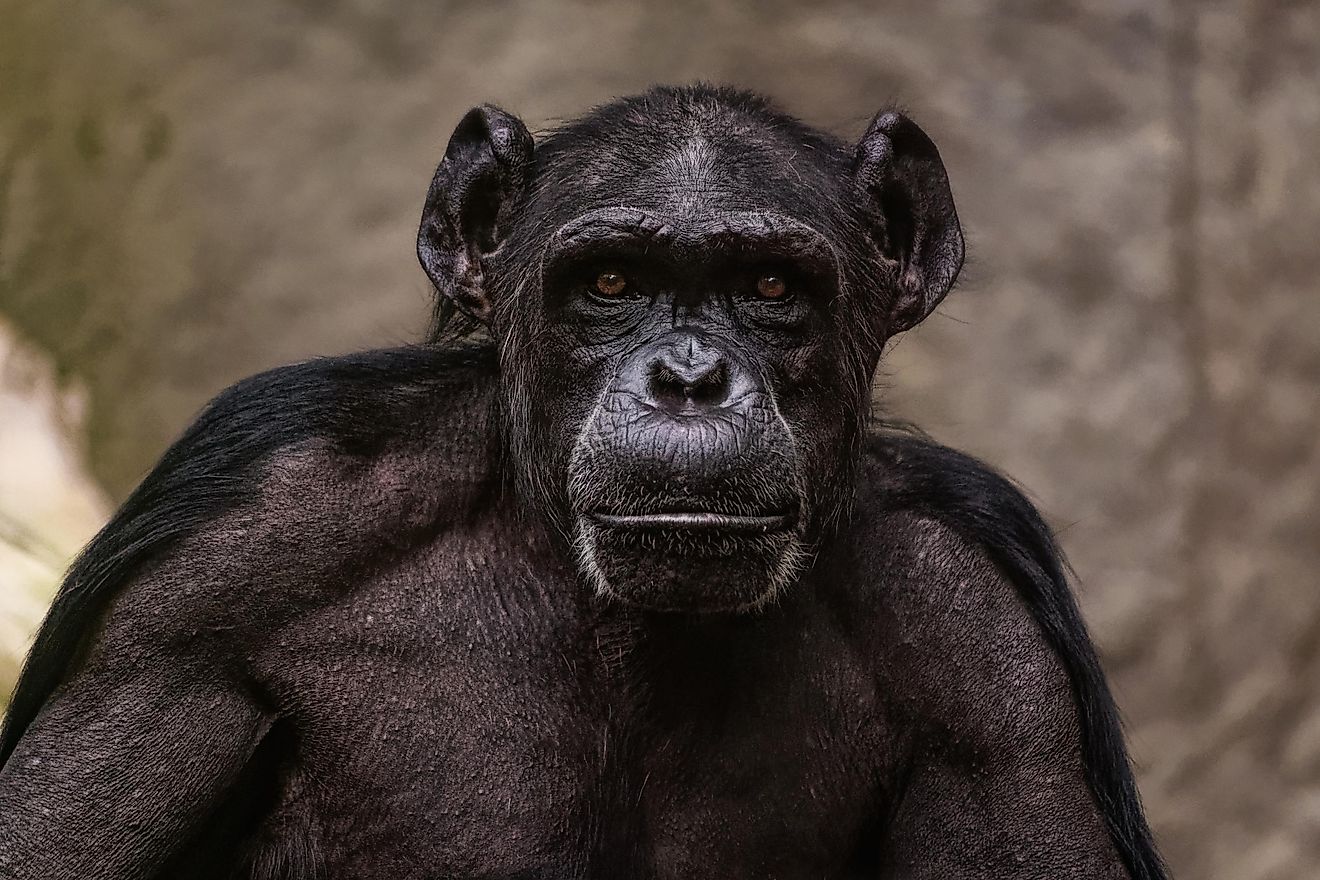What is Fashion Week?

Fashion Week refers to a glamorous fashion event which lasts for about a week. During the show, many of the renowned fashion houses or brands and designers display all their best collections in numerous runway fashion shows to the media and the public. Every fashion designer dreams of featuring their designs during fashion week as this event influences the trends for the upcoming and current season. During the busiest week of the year in the fashion industry, social media influencers, designer, models, and fashion chasers from all over the world gather to witness new collections from a list of iconic designers. The most important industrial events are usually held in the fashion capitals around the world.
The Fashion Capitals
A fashion capital city is a city with the chief influence on the international fashion trends, where retailing, design, and production of fashion products and even the fashion events generate significant economic output. The global “big four” capitals of the 20th century are New York, London, Milan, and Paris. The fashion scene turned less bipolar during the 21st century and included other crucial cities like Los Angeles, Sao Paulo, Rome, Barcelona, and Berlin. Historically, numerous major cities have been fashion capitals. In the renaissance period, several towns in modern day Italy were the leading trendsetters in Europe because of the cultural power they had during that era. These cities included Venice, Milan, Genoa, Florence, Naples, and Rome. During the 17th century the Spanish court was the capital while in the 16th century, with the influence of the Royal family, the English royal family court became the English fashion capital.
Origin of Fashion Week
Although fashion week is glamorous right now, it was never this colorful when it began. The idea of a fashion week started in Paris when many marketers hired ladies to model their couture items to the public. These ladies would wear the couture item and parade from the race tracks to the salons. Gradually these parades became fashion social events where marketers would showcase the latest designs in fashion. In 1903, Ehrich Brothers organized the first fashion show in New York with their primary goal being to attract the middle-class ladies into their store. By the end of 1910, different big department stores held fashion shows of their own. American retailers viewed these events as fashion parades and decided to use the idea to market their stores. These fashion parades were quite useful, and they helped improve the status of many stores. By the end of the 1920s, many retail shops all over the United States had used the fashion parades. The first fashion shows were often held in restaurants during tea or lunch time, and they were more theatrical than the ones held today, heavily based on one theme and accompanied by a narrative commentary. The shows were famous and enticed people in thousands. The crowds were so huge that the stores had to obtain a license to run the live shows in New York during the 1950s.
The First Fashion Week Show
The first ever fashion week show was the event held in New York in 1943 with the purpose of offering the fashion buyers an alternative to the French fashions during WWII when fashion industry workers were unable to travel to Paris. The fashion shows were organized in different places like lofts and hotels until 1994. The events were held at Bryant Park in a tent right behind the Public Library of New York as from 1994 to 2009. From 2010 to the end of 2015 the fashion week venue was the Lincoln Center before moving to the Clarkson Square in Soho.
The Big Four
Although there are many fashion weeks held all over the world, the most commercialized shows are the events held in the Big Four. The Big Four includes the fashion week events held in New York, Milan, London, and Paris. As mentioned above, the first New York Fashion Week was held in 1943. The Italian Chamber of Commerce established the Milan event in 1958, and the British Fashion Council founded the London shows in 1984. Although Paris began hosting couture shows in 1945, Paris Fashion Week was organized under the French Fashion Federation in 1973.
Types of Fashion Week Shows
During the fashion week, there are primarily two types of shows, womenswear and menswear. There are particular shows for these two categories held in different locations, for example, numerous haute couture events are organized in Paris while Bridal exhibits are in New York. Because of the rules set by the chamber-Syndicate-de-la Haute Couture, Paris is the only city which holds the Haute Couture events. Many designers showcase their collection between the Spring/Summer and Autumn/Winter seasons. These events are more commercial than the main shows, and they help promote the existing trends. The designers organize their fashion shows within the three months after the main event, and many designers showcase their inter-seasonal designs outside their homes. Some fashion weeks are genre specific. For instance the Rio Summers and Miami fashion week both feature swimwear, the haute couture in Paris features one of a kind designer originals, the Bangalore Bridal fashion week features festive wear, Indonesian Islamic fashion week features Muslim fashion, and the Portland fashion week features eco-friendly designs. There is also the Bread and Butter Berlin that features all fashions.
When are Fashion Week Events Held?
Fashion weeks are organized twice every year in all the main fashion capitals, starting from New York, and then London followed by Milan, and finally Paris. The events are held some few months in advance before the coming season to allow the buyers and the press an opportunity to preview the beautiful designs before the following season. Between February and March, many fashion designers organize events for their winter and autumn wears while in September and October they display their summer and spring collections. The fashion week timing was designed to follow the then slower retail cycle, and it allows the retailers enough time to buy and incorporate the new designs into their stores. However, with time the customer expectations increased thus increasing the retail cycle, which resulted in designers moving to the in-season events in 2016. The “see-now buy-now” events feature online clickable fashion videos where designs are available during or after the fashion show.











